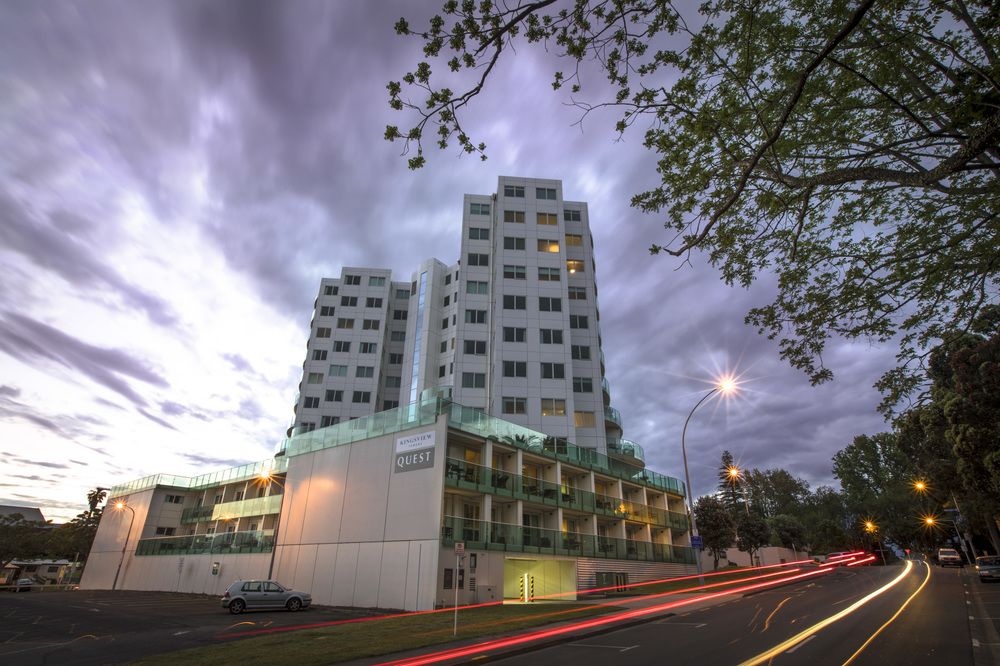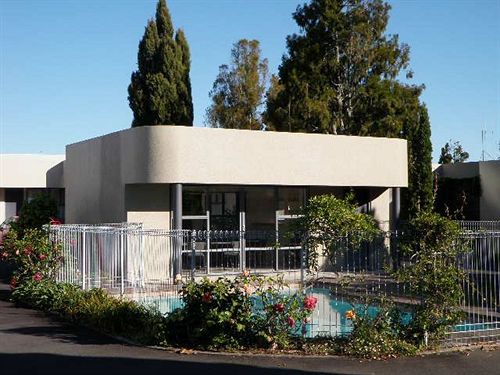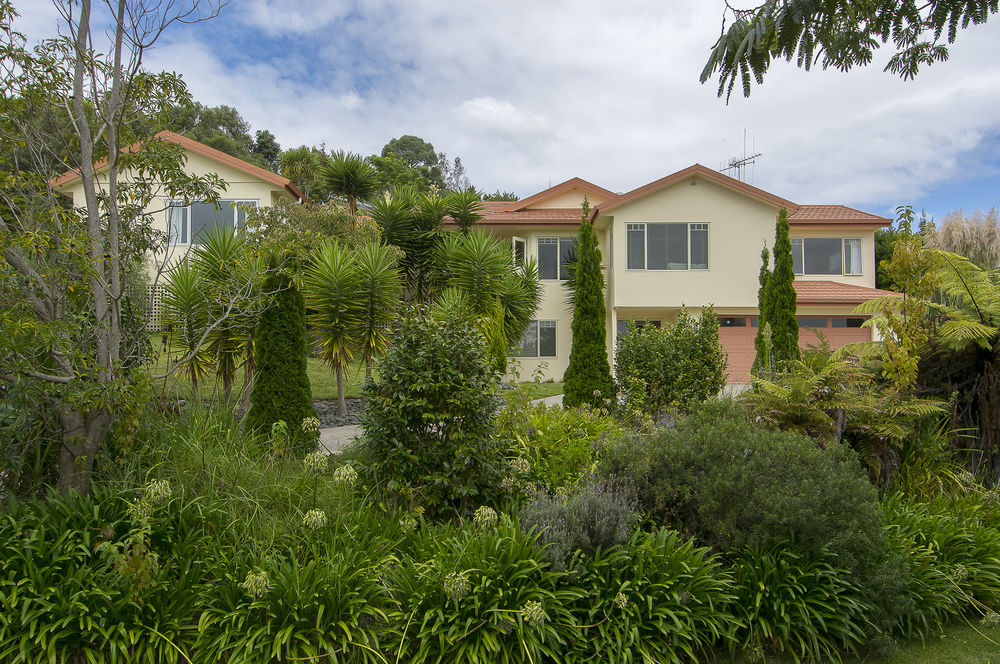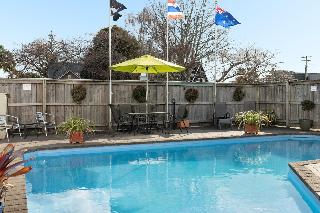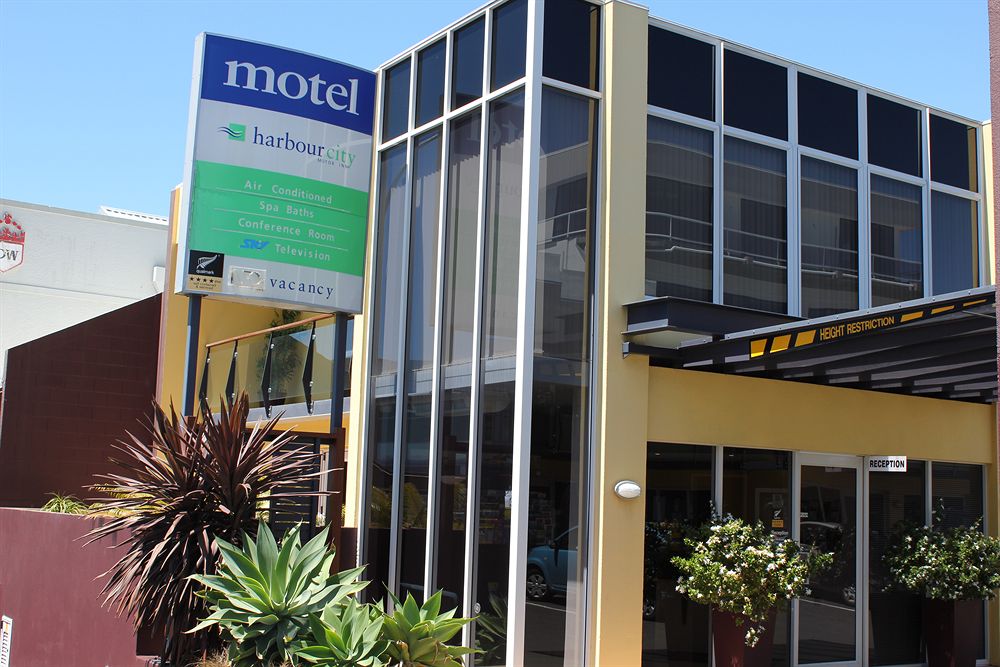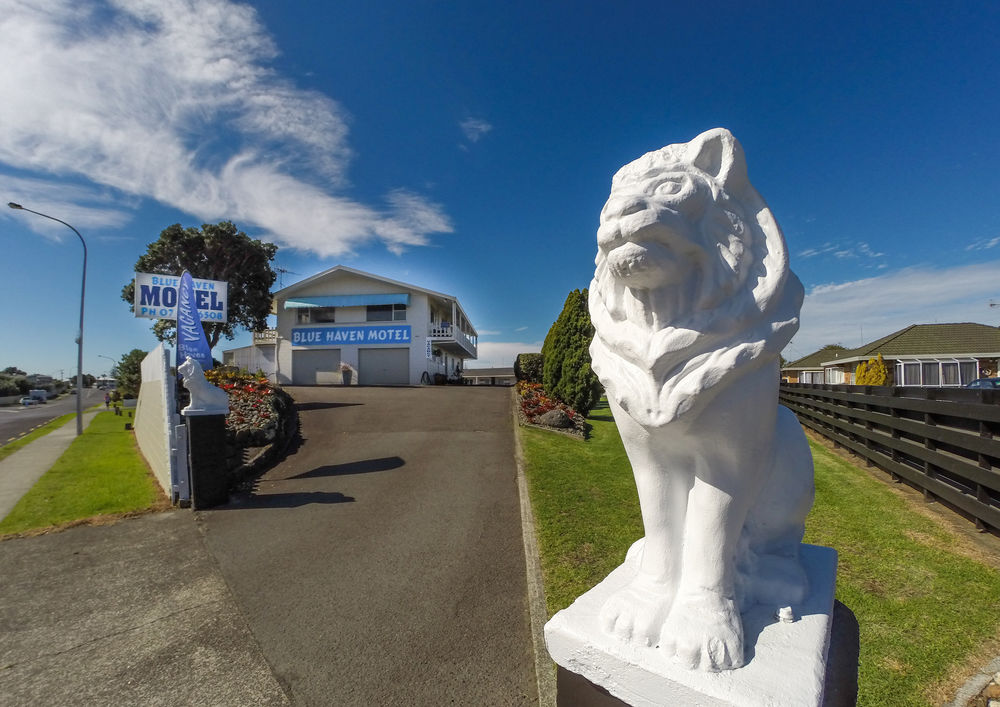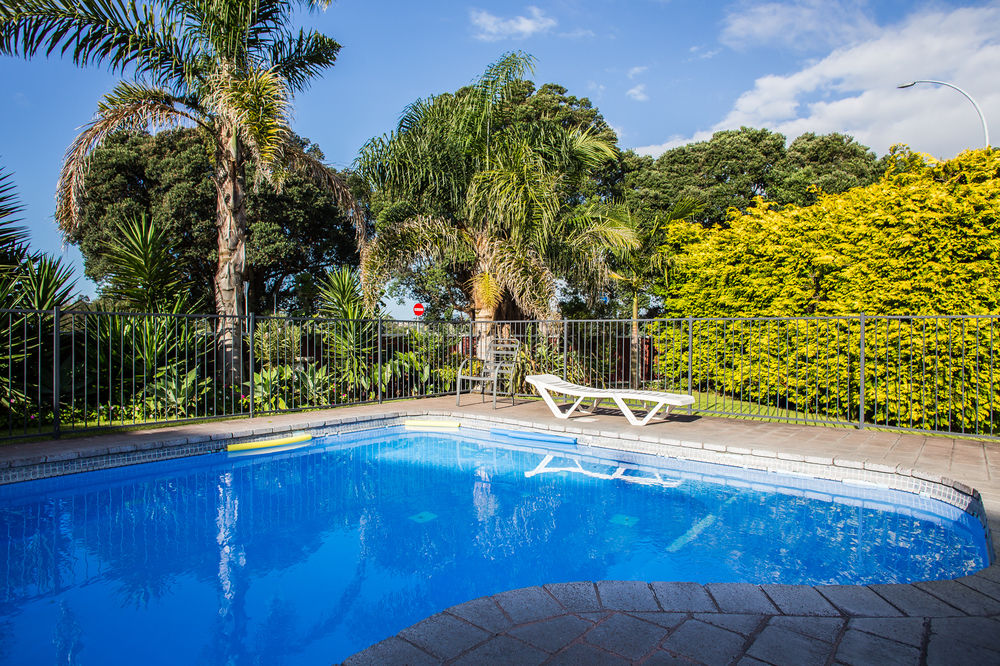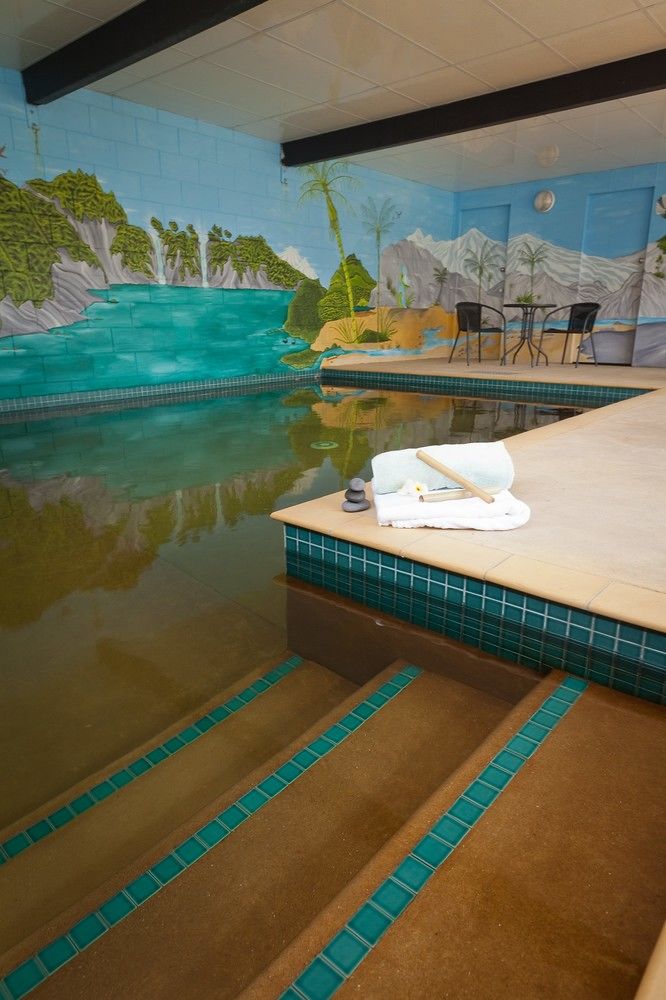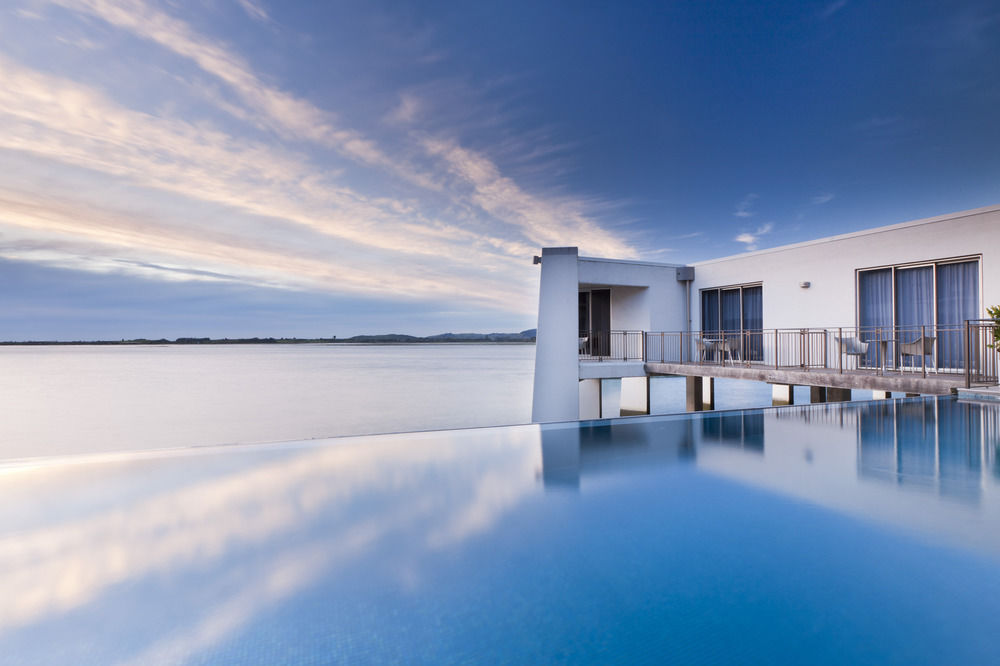
タウランガホテル検索結果
AIが見つけた軒のホテルの最安値をご覧ください。
ベストホテル
最安値のホテル
ホテル等級
AIおすすめ
タウランガベストホテル
タウランガ 最低価格のホテル
最高評価のホテル
タウランガにある5つ星ホテル
タウランガにある4つ星ホテル
タウランガにある3つ星ホテル
AIがおすすめする世界の旅行先
タウランガ近くのホテル情報
タウランガ 旅行に欠かせない情報
“The City of Prosperous Sea”
Tauranga (Māori pronunciation: [ˈtaʉɾaŋa]) is the most populous city in the Bay of Plenty region of the North Island of New Zealand. It was settled by Māori late in the 13th century and by Europeans in the early 19th century and was constituted as a city in 1963. Tauranga City is the centre of the fifth largest urban area in New Zealand, with an urban population of 141,600 (June 2018).The city lies in the north-western corner of the Bay of Plenty, on the south-eastern edge of Tauranga Harbour. The city extends over an area of 168 square kilometres (65 sq mi), and encompasses the communities of Bethlehem, on the south-western outskirts of the city; Greerton, on the southern outskirts of the city; Matua, west of the central city overlooking Tauranga Harbour; Maungatapu; Mount Maunganui, located north of the central city across the harbour facing the Bay of Plenty; Otumoetai; Papamoa, Tauranga's largest suburb, located on the Bay of Plenty; Tauranga City; Tauranga South; and Welcome Bay.
Tauranga is one of New Zealand's main centres for business, international trade, culture, fashion and horticultural science. The Port of Tauranga is New Zealand's largest port in terms of gross export tonnage and efficiency. Tauranga is one of New Zealand's fastest growing cities, with a 14 percent increase in population between the 2001 census and the 2006 census, and 11% between the 2006 census and the 2013 census. This rapid population growth has seen Tauranga overtake Dunedin and the Napier-Hastings urban areas to become New Zealand's fifth-largest city.
 時間 UTC+12
時間 UTC+12 通貨 NZD
通貨 NZD 言語 English, Maori
言語 English, MaoriStaypiaだけの特別な特典
リアルタイムホテル最安値比較
AIが見つけたin タウランガの軒のホテルのリアルタイム最安値を簡単に比較検索できます。
316万軒のホテルを最安値で予約
最低価格に最大31%追加メンバーシップ割引でさらにお得にご予約いただけます。
自分だけの
AIがリアルタイムで更新するタウランガ旅行情報で便利に旅行を準備しましょう。
よくある質問
タウランガで最も人気のあるホテルは Trinity Wharf Tauranga, Hotel Armitage and Conference Centre, Hotel on Devonport です。
一般的なホテルの場合、客室予約はキャンセル締切日前まで無料返金が可能です。キャンセル締切日以降は手数料が発生する場合がありますので、ホテルバウチャーまたはメニュー>マイ予約でキャンセル締切日をご確認ください。
ステピアでは、AIが収集した316万件のホテルの最安値はもちろん、会員限定の追加割引価格で人気ホテルを予約することができます。


